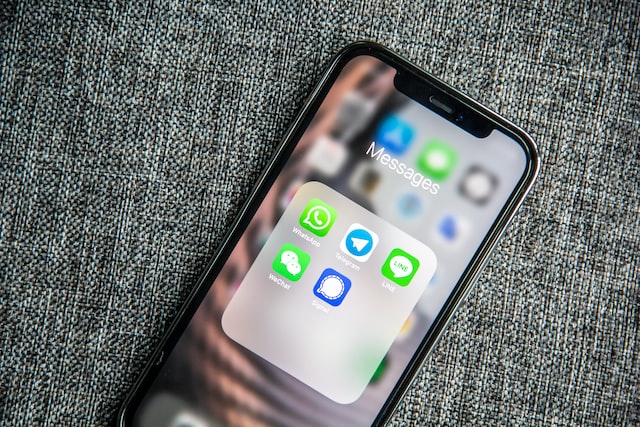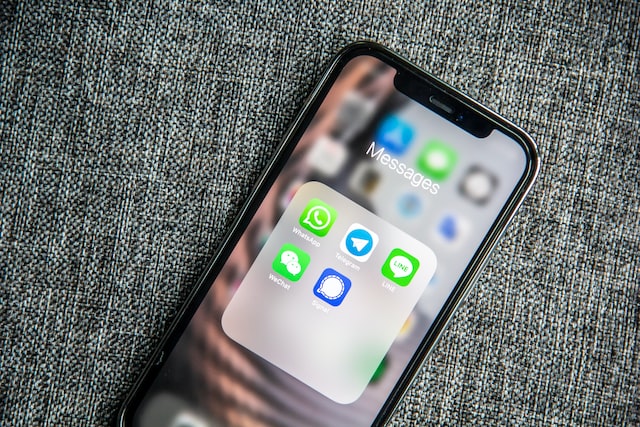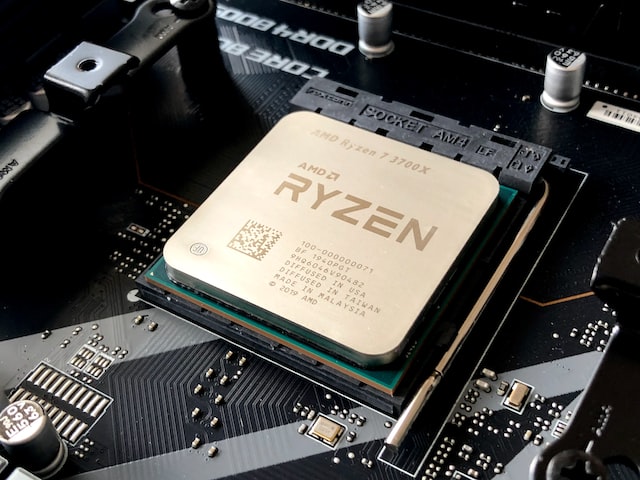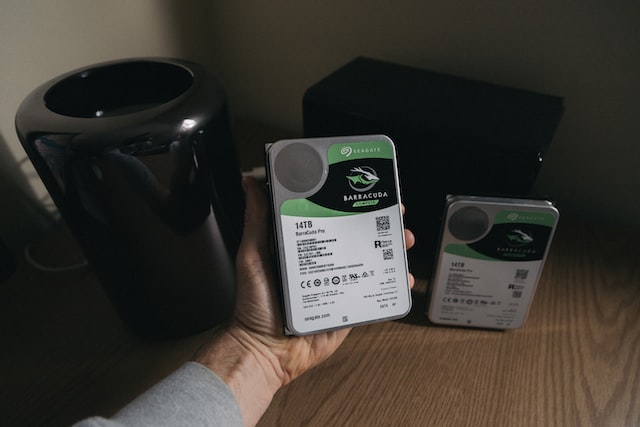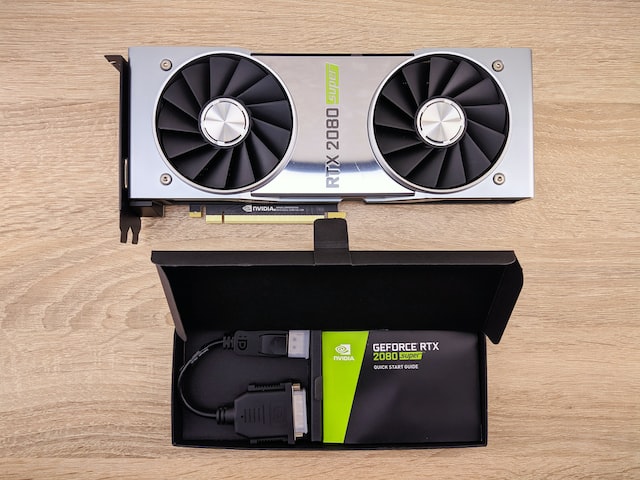Nov 29, 2022
What are the Major Uses of Computers in the Modern Day
Computers are an essential part of our lives today. They allow us to perform lots of tasks, from browsing the web, playing games, watching movies, using social media applications, creating documents, and sending an email. Computer usage varies widely across countries and regions. The way that we define computer usage is changing too. What are the major uses of computers in the present day?
Educational Use
Educational use includes learning through self-study, taking courses at school or college, and studying regularly for exams. It also includes using technology to help children learn. For example, teachers can find educational websites that contain information about teaching methods or topics, such as how best to teach reading skills. Parents can access these sites to see if they might be useful for their child’s education. Teachers can even create their websites to share with other students and parents.
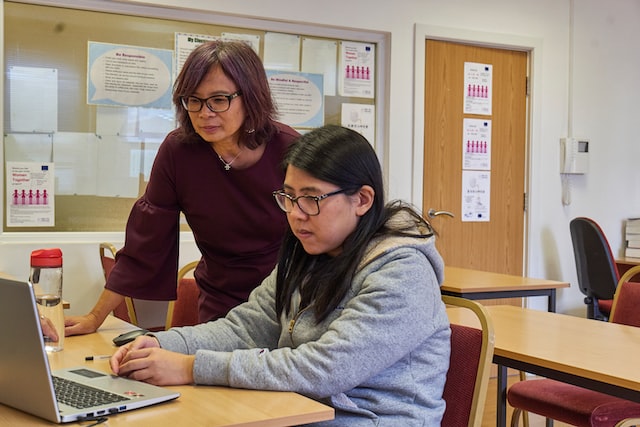
Entertainment Use
This refers to having fun with technology. People often enjoy doing things like gaming, listening to music, surfing the internet, and playing video games. These activities make people feel good when they do them. Some people prefer more active forms of entertainment such as sports, dancing, riding bicycles, hiking, skiing, horseback riding, sailing, or swimming. Others prefer passive forms of entertainment such as watching television, reading books, going out, shopping, gardening, cooking, photography, or spending time with family and friends.

Communication Use
Communication use includes talking by phone, writing letters, chatting online, sending emails, faxing, texting, instant messaging, posting comments on blogs, and making Skype calls. Many people keep up with friends and relatives by communicating regularly through different types of communication. Businesses continue to develop new ways to communicate. Many businesses now offer employees tools so they can send messages back and forth via email.
Professional Use
Professionals use computers to do work related to their job. Doctors, lawyers, accountants, engineers, architects, researchers, managers, writers, librarians, scientists, and salespeople all use computers in their jobs. A person who works in one type of office environment may not have much interaction with computers outside of his or her workplace. However, someone working in another type of office environment—such as a manufacturing facility or retail store—may need to interact with computers every day.

Social Media Use
Today, most people get news and information through various kinds of media. Information comes in many formats including text, audio, images, video, and graphics. There are several technologies used to provide this media content. One example is radio broadcasting. Another example is television broadcasting. Still, others include satellite broadcasts, cable television, streaming audio/video, and mobile devices (e.g., tablets, and smartphones). One popular form of media content delivery is social networking. In general, social networking involves connecting over networks. In some instances, it provides a platform for sharing personal stories or opinions. Popular examples of social networking services include Facebook, Twitter, LinkedIn, Instagram, Pinterest, Snapchat, Tumblr, Vine, Google Plus, YouTube, Reddit, Flickr, Foursquare, and Yelp. Most people use social media services daily, and some people become very involved through social support groups.

Research Use
Researchers study data using computers. Data can come from any source, but typically it’s collected from surveys, experiments, medical tests, or other sources. Data collection requires the use of computers because there are so many choices available today that allow people to collect data easily. For example, you can go online to take a survey, participate in an experiment, buy a product, enrol in school, or even request free sample products. Computer technology allows people to save, organize, share, and analyze data to learn more about topics ranging from health and nutrition to politics and economics.
The Bottom Line.
The above list of uses is certainly incomplete. So what? Well if everyone had access to computers in the same way we do today then I think our lives would be a lot easier. It would make life simpler and less stressful. But the truth of the matter is that there are still plenty of people living in developing countries where computer use is limited and expensive. And, of course, there are also areas of the world where access to electricity is lacking.
More Details

